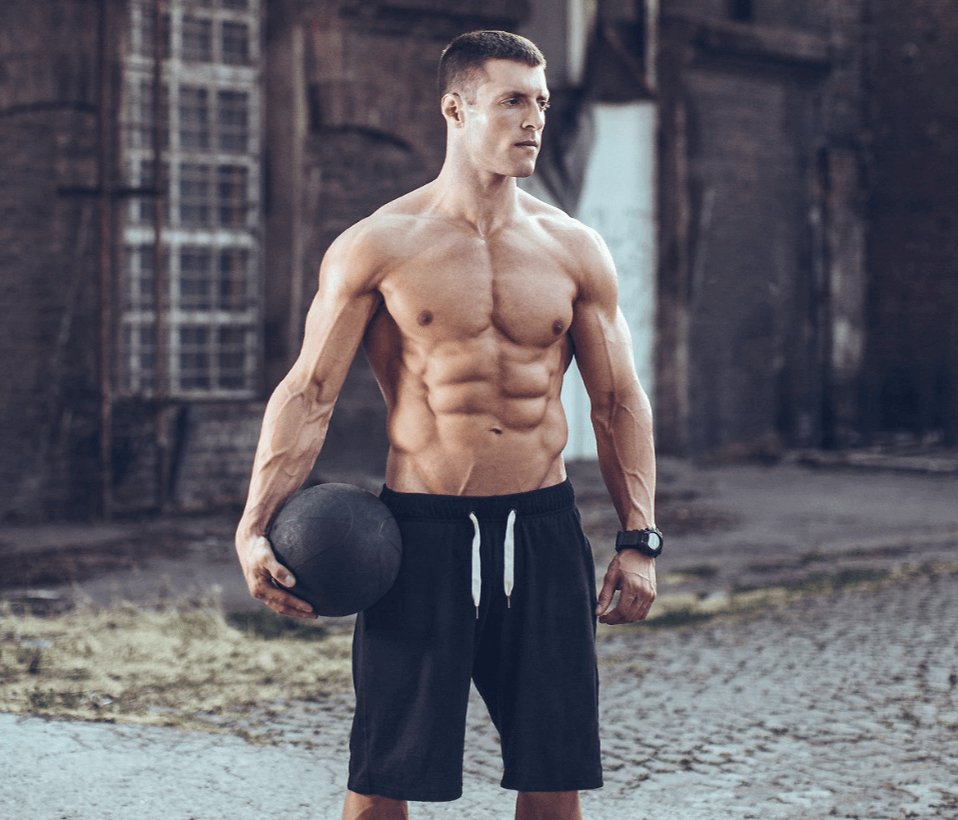
This is a controversial and not fully studied question. For quite some time, most sports and fitness specialists were of the opinion that it is impossible to combine these processes, however, recent studies have appeared that suggest the opposite.
The classical theory is that a person can either lose weight or build muscle. To achieve each of these goals, you need to build a certain way of nutrition and the training process – and these will be completely different strategies.
In the article we will tell you about the latest developments on this topic and try to figure out whether it is possible to combine two processes in one training program.
Muscle hypertrophy
To begin with, in general terms, we will understand what a set of muscles is mass. By this is meant muscle hypertrophy, that is, an increase in muscle thickness.
The number of muscle fibers in humans is genetically determined and does not change over the course of life. Therefore, muscle growth occurs at the cellular level, due to the components of the muscle cell: contractile units of myofibrils and/or the amount of sarcoplasm. Sarcoplasm is a semi-liquid content of a muscle cell that contains energy resources – mitochondria, as well as reserves of creatine phosphate, glycogen, etc. Read more about Doe.
Muscle growth due to myofibrils, on the contrary, provides a more significant increase in muscle volume, which allows you to make a one-time maximum effort. This type is typical for athletes who do weightlifting, where short-term “jerks” are required, for example, lifting the bar.
You can take medication for healing your muscle pain due to weight lifting.
However, in any training, both of these types of muscle development are involved to one degree or another.
The process of muscle growth is affected by a number of factors:
1. Mechanical loading.
Training leads to microtrauma of the muscles, which allows you to start recovery processes and stimulate growth. In addition, as a result of the load in the muscles, creative and lactic acid accumulates, which also affects muscle growth.
2. Amino acids.
The building blocks for muscle are proteins, or rather, the amino acids that make up proteins. If the body has a deficiency of amino acids, then the muscles will not grow.
3. Hormones.
The growth hormone somatotropin, as well as testosterone and insulin, affect muscle mass gain.
4. Age.
After 25-35 years, the level of growth hormones decreases. At the same time, the susceptibility of muscle cells to growth stimuli decreases.
Beginners and lovers
This statement is especially true for those who have a fairly high BMI. The effect is enhanced due to the fact that previously there was no incentive for muscle growth.
Studies confirm that exercise and nutrition with enough protein leads to simultaneous weight loss and muscle gain.
The human body can adapt to everything, including training. Exercising is stress for the body, especially for an unprepared person. Under the influence of this stress, a novice, even doing a little work of an unusual character, begins to actively transform.
You can use pain medications to relax your muscles
In the first month or two people are actively losing weight, muscles begin to appear, and their health improves. This is called the novelty effect. But over time, the same loads become easier to perform: the muscles adapt to the load that they are regularly offered, the nervous system is at rest and almost does not respond to training, weight loss stops, or even the gain in fat mass begins.